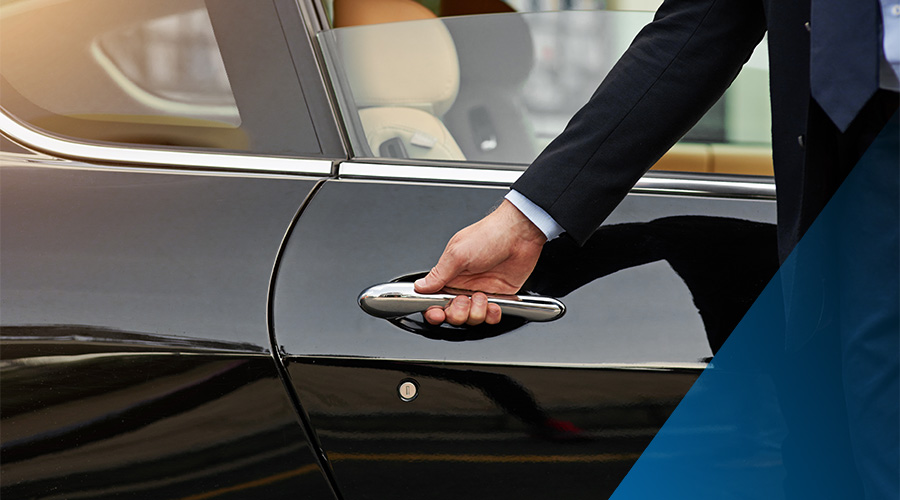There is no doubt the Government announcement in October last year for temporary full expensing sparked a massive demand for purchases of the bigger vehicles such as the Dodge Ram, F Truck 450 (I drove one of these in the US, it was insane), F150 and Chevrolet Silverado.
This article summarises the good news about the tax deduction of these vehicles but cautions you around the possibility of a residual fringe benefit which I believe taxpayers are ignoring.
What is defined as a ‘car’?
A car is defined under the Income Tax Act 1997 as a vehicle designed to carry a load of less than one tonne and fewer than nine passengers.
For this reason, the above type vehicles which have a carrying capacity over one tonne and are not primarily designed to carry passengers are not classified as cars.
They are classified as commercial vehicles.
What are the temporary expensing measures in place?
Businesses with an aggregated turnover of less than $5 billion can immediately deduct the business portion of the cost of eligible new depreciating assets.
The eligible new assets must be first held, and first used or installed ready for use for a taxable purpose, between 7.30pm AEDT on 6 October 2020 and 30 June 2022.
As these vehicles are not defined as a car, they are not subject to the car cost limit for depreciation. This means the entire cost of the vehicle can be depreciated.
Further ATO information about the depreciation rules found be found here and specifically motor vehicles can be found here.
Does Fringe Benefits Tax apply?
Where a motor vehicle is not a car, then the provision of the motor vehicle will not be a car fringe benefit. However the application or availability of a motor vehicle which is not a car may constitute a residual benefit.
Any private use on such vehicles can still attract Fringe Benefits Tax due to a benefit being provided.
The private travel can only be exempt if this use is ‘minor, infrequent and irregular’. This applies when:
- employees travel a maximum of 1,000kms for private purposes in the vehicle
- no single return journey is longer than 200kms
- where the vehicle is used to travel between home and work, any diversion can only add no more than 2kms to the ordinary trip length.
A taxpayer would need to sign a statutory declaration regarding private use of these types of vehicles at the end of each Fringe Benefits Tax Year.
Where a motor vehicle is not a car, then the provision of the motor vehicle will not be a car fringe benefit. However the application or availability of a motor vehicle which is not a car may constitute a residual benefit.
Where there is no exemption
Where there is no exemption there are 2 methods for calculating the value subject to FBT for these vehicles.
Where a motor vehicle other than a car is provided to an employee who cannot satisfy the above exemption requirements a residual fringe benefit arises.
The taxable value of providing a motor vehicle other than a car to an employee (or their associate) can be calculated using 2 methods.
Method 1 – Limited Private Use (Cents per Kilometer)
This method can only be used where there is extensive business use of the vehicle (or put another way, where the employer’s vehicle is used for private purposes on a limited basis). Miscellaneous Tax Ruling MT 2034 and Taxation determination 2020/3 do not define extensive business use.
The rates to be applied for the FBT year commencing 1 April 2020 are as follows:
Engine capacity Rate per kilometre
0 – 2500cc 56 cent
Over 2500cc 67 cents
Method 2 – Extensive private use (operating cost method)
Where the private use of the vehicle is not limited (and the benefit is not otherwise exempt), the cents per kilometre rate outlined above cannot be used. For practical purposes, the ATO accepts that an employer can calculate the taxable value of the benefit on the basis of the operating costs of the vehicle to the employer.
Such costs generally include the cost of fuel, repairs, registration, insurance and leasing charges (which includes depreciation OUCH or imputed interest.)
Given the depreciation is included this can be where taxpayers who aren’t exempt and use the vehicle privately can be exposed to a significant FBT liability.
This amount can then be reduced by the business percentage use of the vehicle during the year where a declaration of the business kilometres has been completed OR contributions made by the employee/associate.
Whilst maintain a log book is not specifically required under legislation governing the calculation of residual benefits for vehicles other than cars, given the potential impact it I consider it essential that a logbook be kept for these vehicles to ensure the correct treatment by the ATO, regardless of whether it shows 100% business use.
Need help?
Our Vincents tax advisory team can help you stay a step ahead with relevant and proactive advice as well as clear up any additional questions you might have about temporary full expensing.



